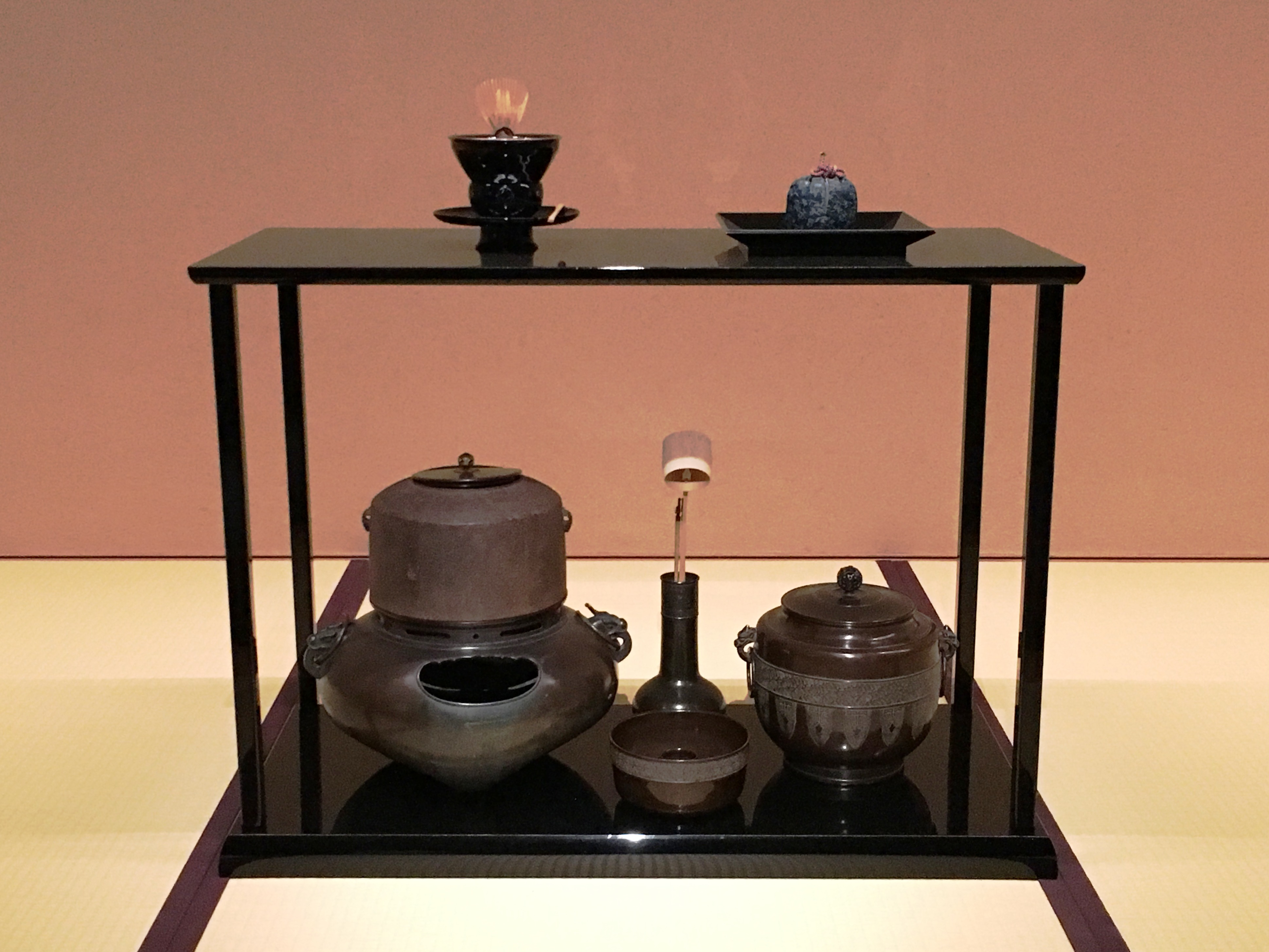Mushakōjisenke on:
[Wikipedia]
[Google]
[Amazon]
 , sometimes referred to as ''Mushanokōjisenke'', is one of the
, sometimes referred to as ''Mushanokōjisenke'', is one of the
Mushakōjisenke official website
Accessed August 8, 2008. Ichiō Sōshu was appointed tea teacher to the
Mushakōjisenke website
{{Japan-art-stub Chadō
 , sometimes referred to as ''Mushanokōjisenke'', is one of the
, sometimes referred to as ''Mushanokōjisenke'', is one of the schools of Japanese tea ceremony
"Schools of Japanese tea" refers to the various lines or "streams" of Japanese tea ceremony. The word "schools" here is an English rendering of the Japanese term .
There are three historical households () dedicated to developing and teaching th ...
. Along with Urasenke
is one of the main schools of Japanese tea ceremony. Along with and , it is one of the three lines of the family descending from , which together are known as the - or the "three houses/families" ().
The name , literally meaning "rear hou ...
and Omotesenke
Omotesenke (表千家) is one of the schools of Japanese tea ceremony. Along with Urasenke and Mushakōjisenke, it is one of the three lines of the Sen family descending from Sen no Rikyū, which together are known as the san-Senke or "three Sen ...
, the Mushakōjisenke is one of the three lines of the Sen family descending from Sen no Rikyū
, also known simply as Rikyū, is considered the historical figure with the most profound influence on ''chanoyu,'' the Japanese "Way of Tea", particularly the tradition of ''wabi-cha''. He was also the first to emphasize several key aspects o ...
, which together are known as the san-Senke or "three Sen houses/families" (三千家). The head or ''iemoto
is a Japanese term used to refer to the founder or current Grand Master of a certain school of traditional Japanese art. It is used synonymously with the term when it refers to the family or house that the iemoto is head of and represents.
Th ...
'' of this line carries the hereditary name Sōshu (宗守).
History
Mushakōjisenke is associated with Sen no Rikyū's great-grandson , who was the second to the oldest ofSen no Sōtan
(1578–1658), also known as Genpaku Sōtan 元伯宗旦, was the grandson of the famed figure in Japanese cultural history, Sen no Rikyū. He is remembered as Rikyū's third-generation successor in Kyoto through whose efforts and by whose very b ...
's four sons. Like his older brother, he was Sōtan's son by Sōtan's first wife, and through much of his life he lived apart from the Sen house. During this time, he became a lacquer artisan. At the behest of his younger brothers, however, he set up his own tea house, called the Kankyū-an, on Mushakōji street, and became devoted to practicing and teaching the Way of Tea."Senke to Kankyū-an no rekishi" iMushakōjisenke official website
Accessed August 8, 2008. Ichiō Sōshu was appointed tea teacher to the
Matsudaira
The was a Japanese samurai clan that descended from the Minamoto clan. It originated in and took its name from Matsudaira village, in Mikawa Province (modern-day Aichi Prefecture). During the Sengoku period, the chieftain of the main line of ...
clan in Takamatsu
270px, Takamatsu City Hall
270px, Aerial view of Takamatsu city center
270px, View from Yashima to Takashima port
is a city located in Kagawa Prefecture, Japan. , the city had an estimated population of 414,134 in 190120 households and a popul ...
, Sanuki Province
was a province of Japan in the area of northeastern Shikoku. Nussbaum, Louis-Frédéric. (2005). "''Sanuki''" in . Sanuki bordered on Awa to the south, and Iyo to the west. Its abbreviated form name was . In terms of the Gokishichidō system ...
. Until the Meiji Restoration, the family heir through the generations was in service to the Matsudaira of Takamatsu.
Generations
References
External links
Mushakōjisenke website
{{Japan-art-stub Chadō